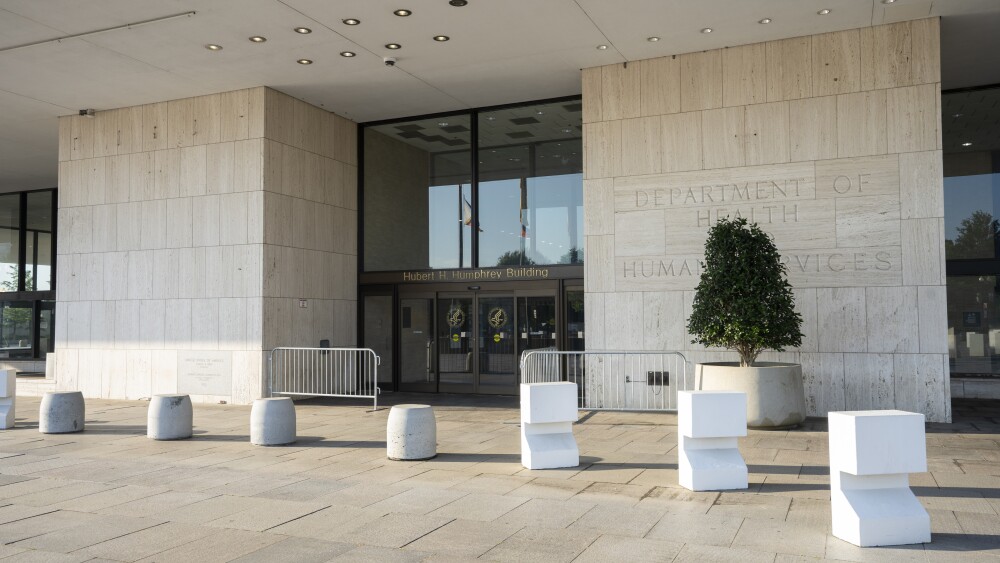The deal helps revitalize the TREM2 target after the high-profile failure of AbbVie and Alector’s candidate last year.
Sanofi will acquire Vigil Neuroscience, adding an Alzheimer’s disease therapy for about $470 million upfront and starting a new chapter in a partnership the two companies began last year. The deal represents “a great outcome for Vigil and shareholders,” analysts said.
It could also help to reenergize a TREM2 space that took a hit last fall with the failure of AbbVie and Alector’s candidate in the same
disease.
Sanofi will pay out $8 per share, representing a 250% premium on Vigil’s share price. Shareholders will also receive a contingent value right of $2 per share conditional on the first sale of Vigil’s TREM2 agonist VG-3927, which is aimed at treating neurodegenerative diseases like Alzheimer’s. With the CVR, the total consideration for the deal could reach $600 million.
In an investor note following the sale, Stifel analysts said the high premium suggests there was a competitive process to buy out the neuroscience biotech. But $8 per share represents a fall from the $14 per share Vigil collected for its 2022 IPO. Still, it’s a positive given the challenging biotech markets and recent failure of a rival TREM2 med from AbbVie and Alector.
“Even though $8 is below IPO price, it represents a nearly 250% premium (seemingly [a] competitive process?), while the broader market has changed, and the TREM2 story has become more nuanced,” Stifel wrote on Wednesday evening.
Vigil CEO Ivana Magovčević-Liebisch said in the company’s statement that the deal will allow the Vigil team to tap into “Sanofi’s resources, broad platform and far-reaching network” to develop VG-3927.
Sanofi’s Houman Ashrafian, head of R&D, said the deal fits neatly into the French pharma’s neurology focus. “TREM2 represents a compelling target at the intersection of immune dysregulation and neurodegeneration, particularly in people living with Alzheimer’s because they face devastating cognitive decline with limited treatment options,” he said.
Sanofi is not, however, interested in Vigil’s lead program, the monoclonal antibody TREM2 agonist iluzanebart (VGL101) that had been in development for adult-onset leukoencephalopathy. The drug was originally licensed from Amgen and will return to that company prior to the closing of the Sanofi transaction. Vigil had been pursuing an accelerated approval for the asset but had not recently provided an update on the FDA discussions.
The deal is expected to close in the third quarter of this year.
No Credit for TREM2
The failure of AbbVie and Alector’s AL002 in November 2024 cast a shadow over the TREM2 space. The drug did not significantly slow clinical progression in patients with Alzheimer’s disease. The Phase II trial was unsuccessful on the main endpoint, improving symptoms of dementia, as well as other key secondary goals and functional effects. It also failed to significantly improve biomarkers like brain amyloid levels.
There was also evidence of amyloid-related imaging abnormalities (ARIA), which can suggest brain swelling or bleeding. The side effect has plagued the rollout of newly approved Alzheimer’s medicines from Eisai and Biogen and Eli Lilly.
“For public investors, the failure of ABBV/ALEC’s AL002 in Alzheimer’s disease significantly diminished enthusiasm for the target,” Stifel wrote.
But Vigil’s drug is different, they said, even if the data are not yet available to definitively settle the matter. Stifel said VG-3927 seemed to have improved biochemistry over AL002 and a different mechanism of action, despite targeting the same protein. However, investors were still waiting for Phase II data to be sure.
Of the Alector failure, Stifel said: “We can debate the readthrough of this to Vigil’s small molecule, but regardless it was going to make it hard for Vigil to get credit here from public market investors.”
VG-3927 advanced out of Phase I earlier this year with data showing high brain penetration, a tolerable safety profile and a 50% reduction in sTREM2, a biomarker that increases in concentration during the early symptomatic phases of Alzheimer’s. A Phase II study had been expected to get underway in the third quarter of this year.
Vigil had already signaled a desire to partner out the VG-3927 program. Evidently, those talks turned into a whole company acquisition, Stifel noted.
This is not Sanofi and Vigil’s first introduction. Sanofi provided $40 million in development capital to the biotech through a private placement in July 2024. At the time, Sanofi secured the right of first refusal for VG-3927.
Sanofi’s Alzheimer’s play comes after Alzheimer’s peers Biogen and Eisai got Leqembi fully approved in 2023, followed a year later by Eli Lilly with Kisunla. Stifel suspects that Sanofi saw that success and spied an opportunity to build on the learnings from the amyloid space, which had undergone decades of failure before finally showing some clinical benefits.
“For these reasons—and considering the strong scientific rationale behind TREM2—it’s not shocking that another company is enthusiastic to re-test the thesis in AD,” Stifel said.






